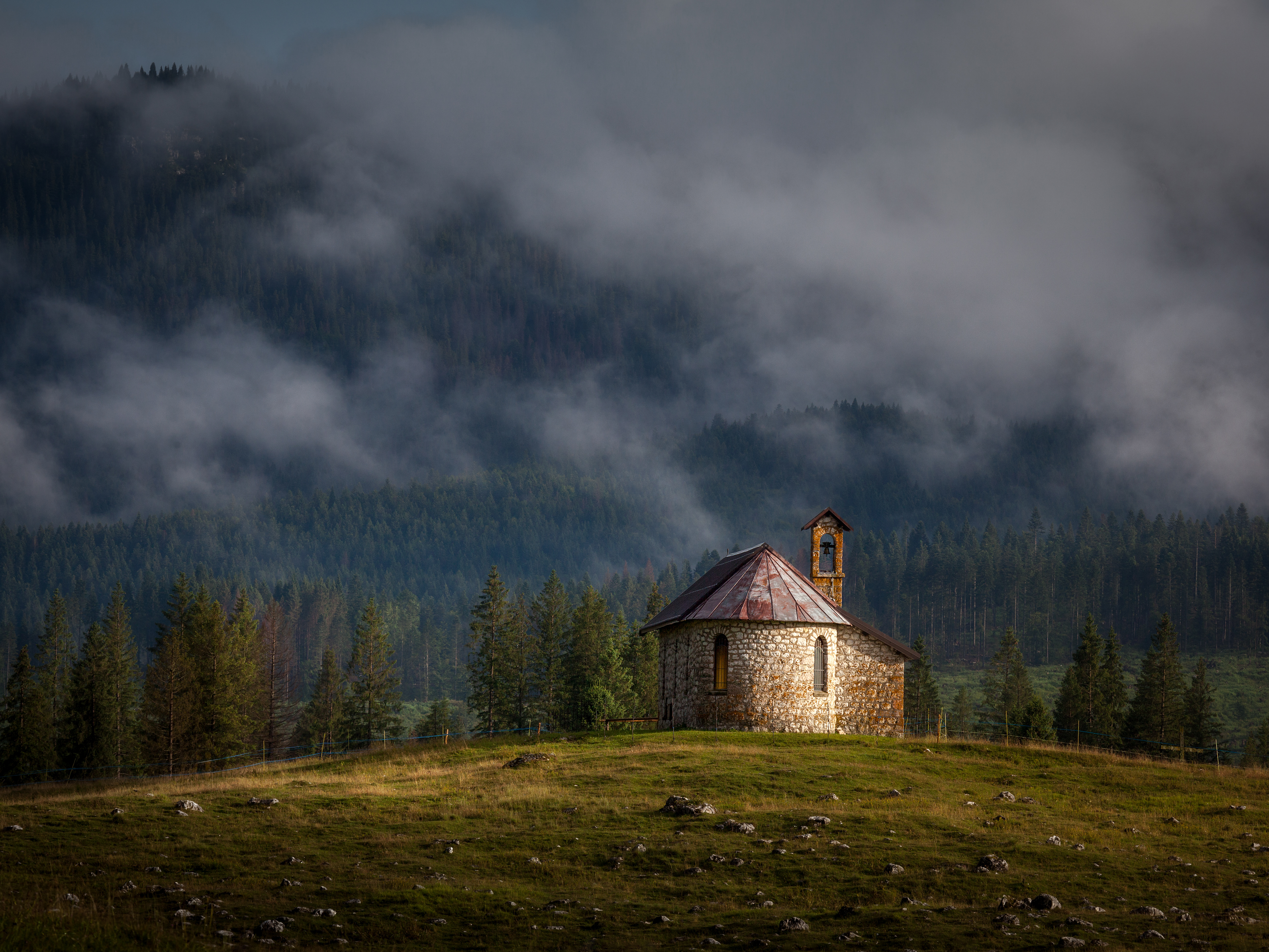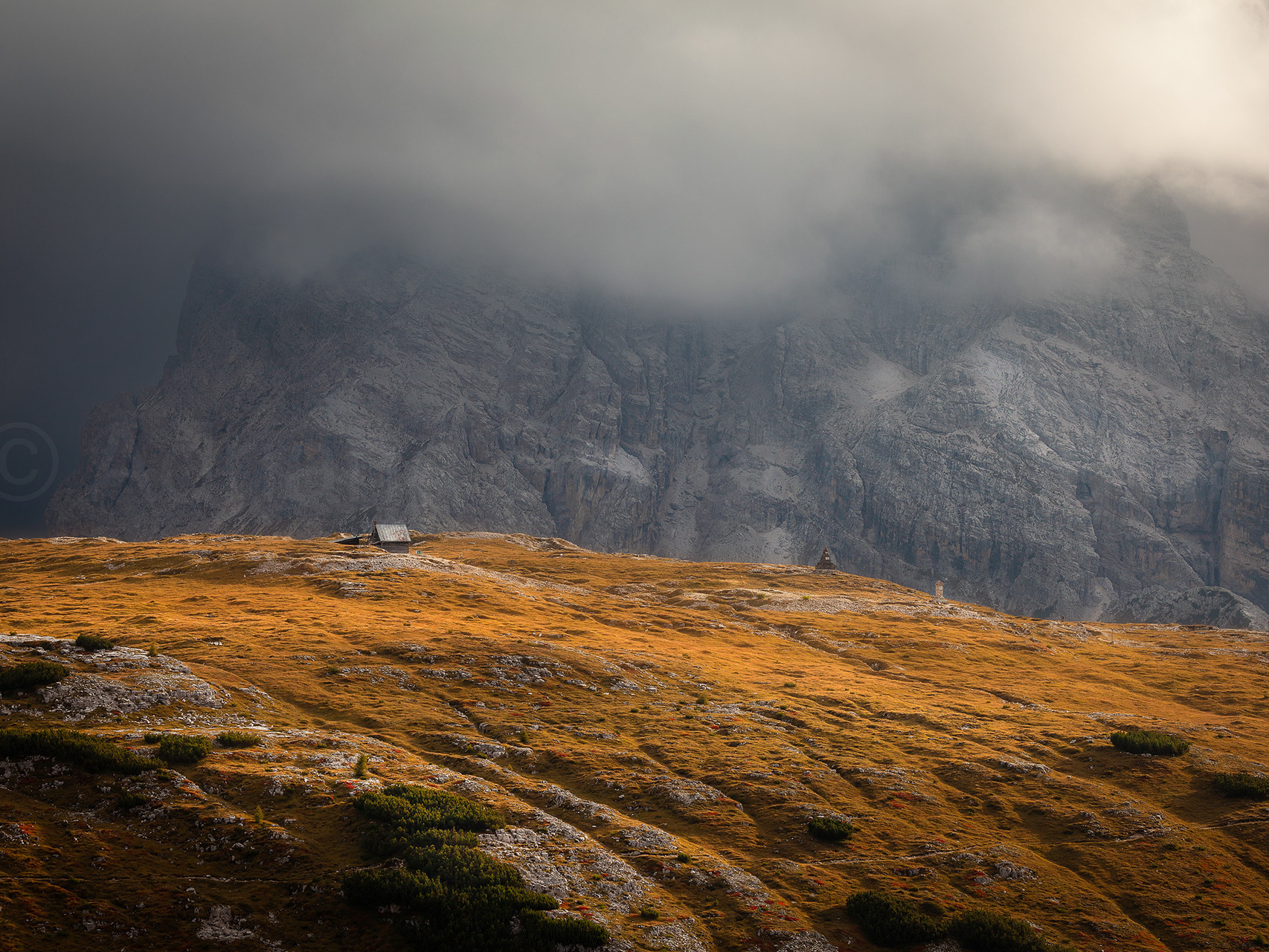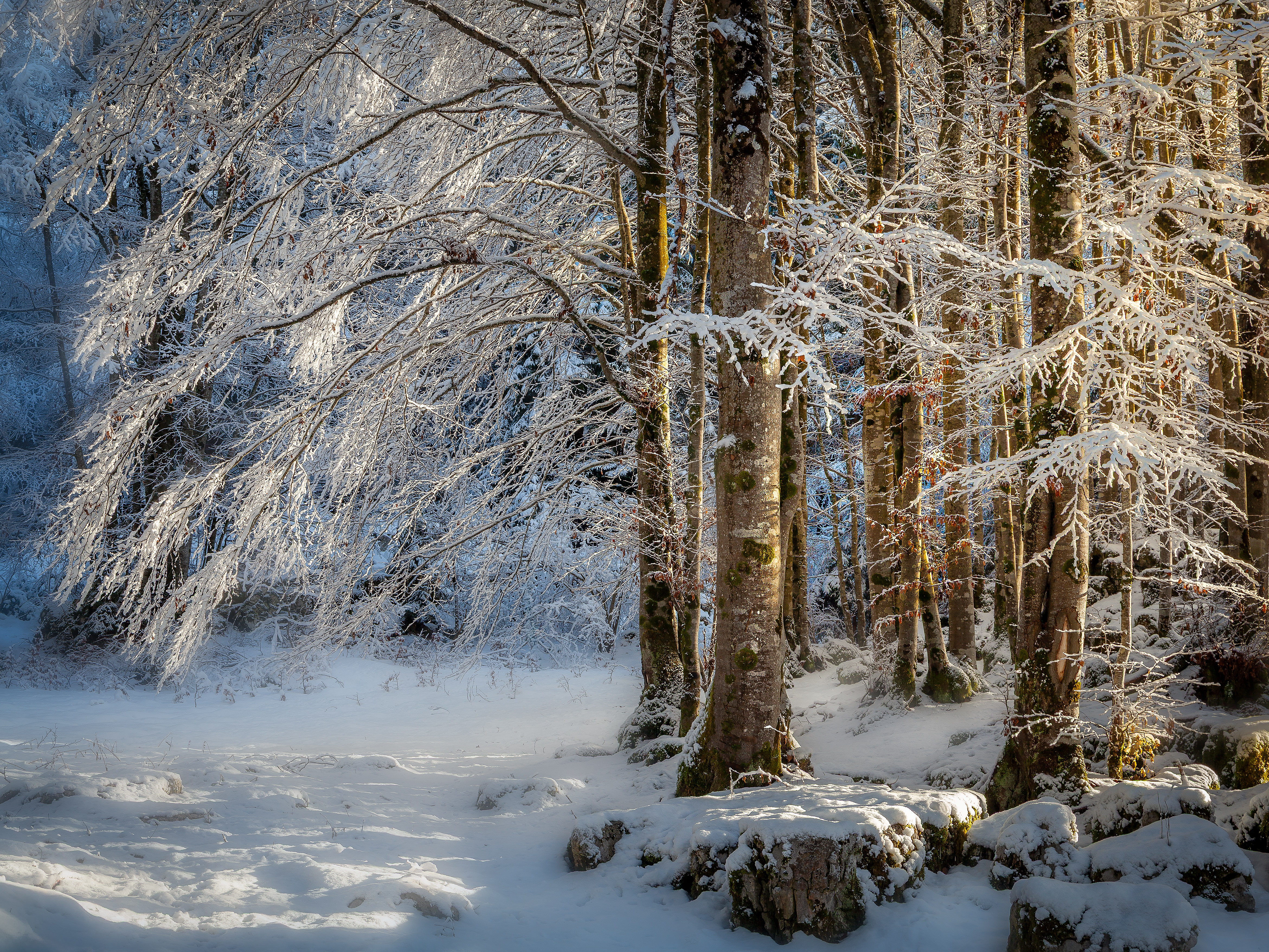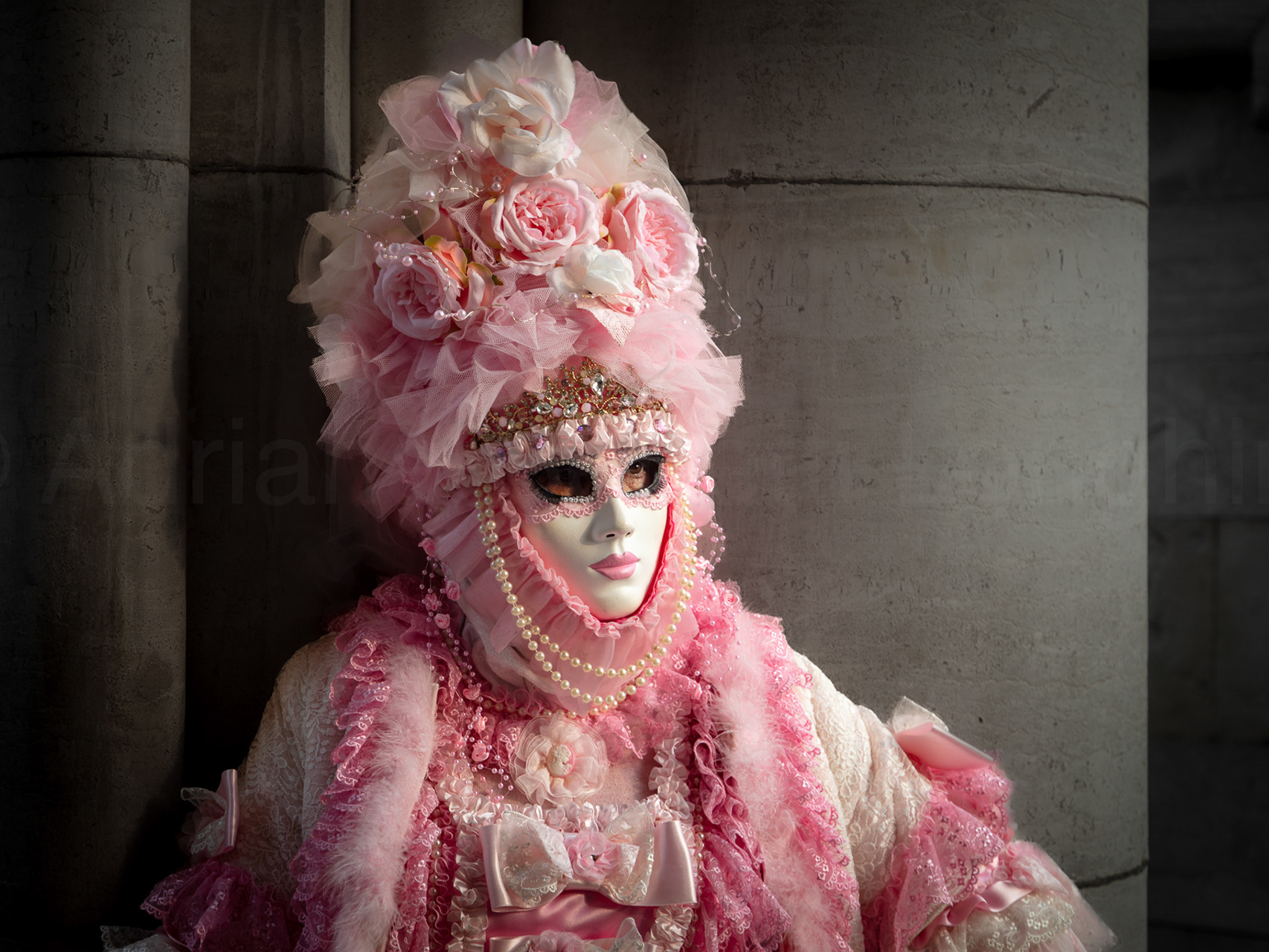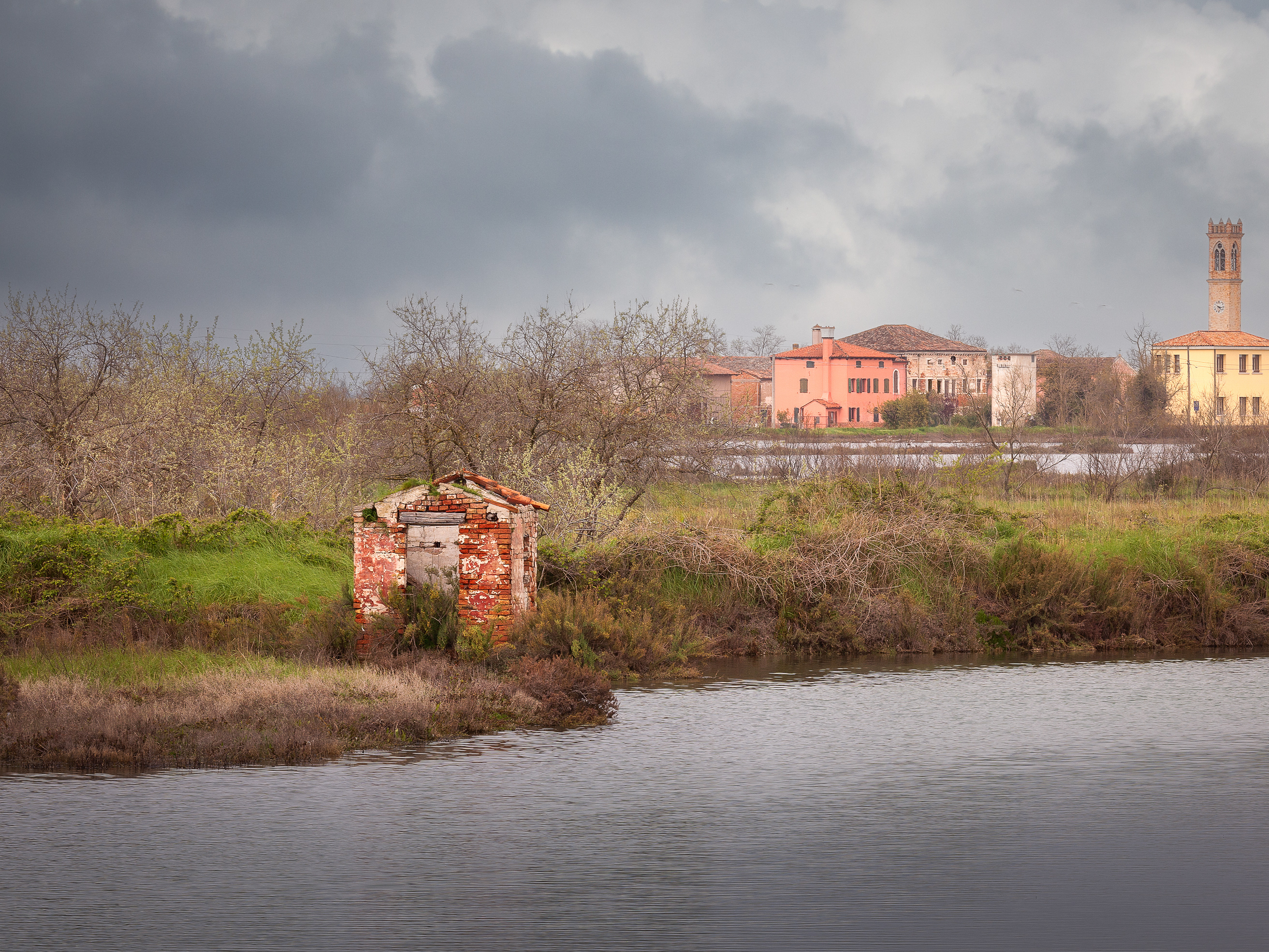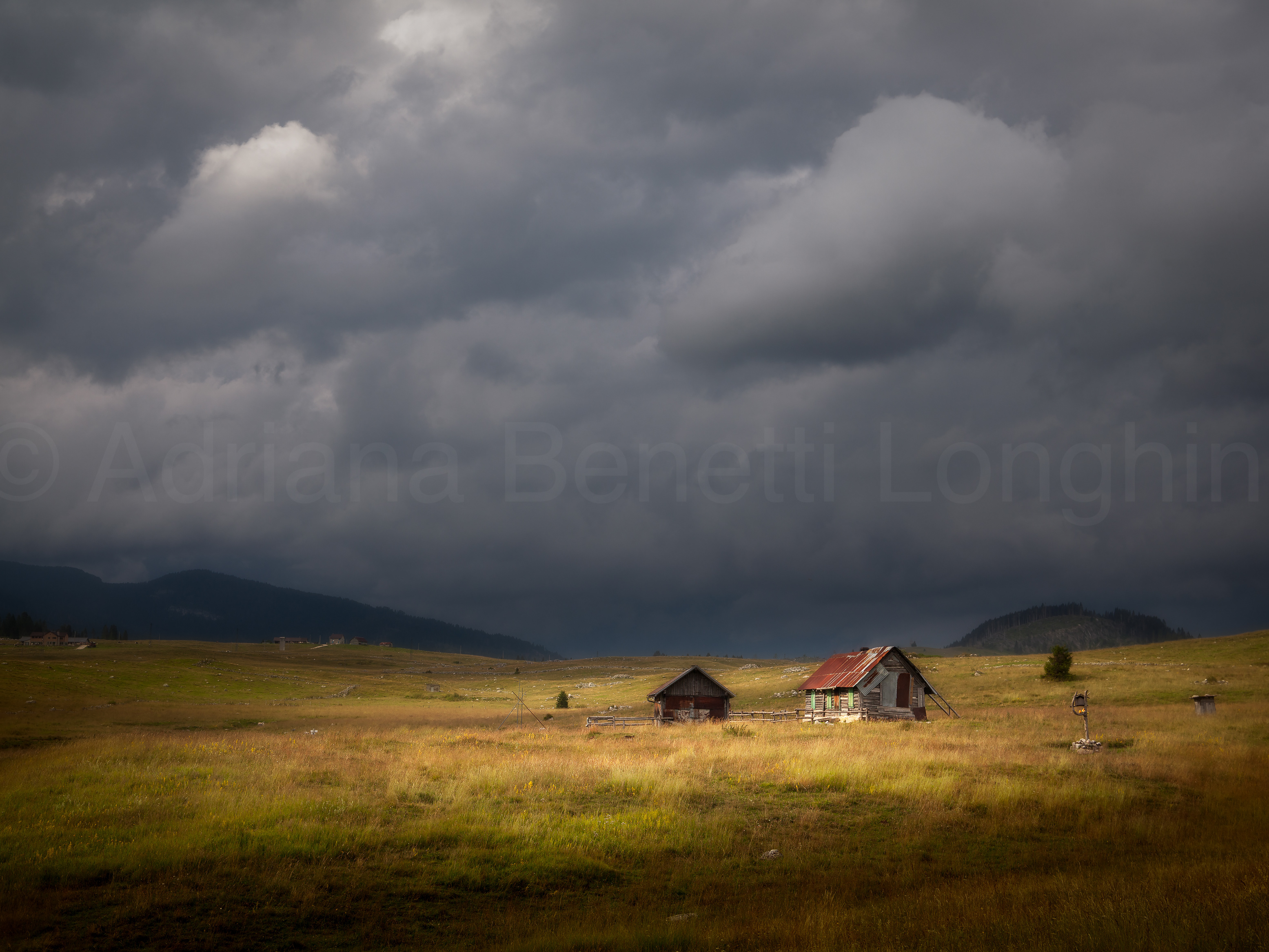As a child, I loved playing with water and would spend hours in the sea, or swimming pool. This is perhaps why gravitate to water and all water-related places when I'm out photographing.
Waterfall photography makes me happy, it's the sound of water, the greenery, and rocks that are almost always present in the location, that gives me a thrill every time.
I find this type of shooting so rewarding and the process of getting wet doesn't worry me at all. Having said this, waterfalls photography is not the easiest of subjects and has its own set of problems.
Da bambina amavo giocare nel l'acqua e passavo ore in acqua al mare o in piscina. Questo è forse il motivo che gravito verso i luoghi legati all'acqua quando sono fuori a fotografare.La fotografia delle cascate mi rende felice, è il suono dell'acqua, il verde e le rocce che sono quasi sempre presenti nella location, mi danno ogni volta un'emozione.Trovo questo tipo di riprese così gratificante e il processo di bagnarsi non mi preoccupa per niente. Detto questo, la fotografia delle cascate non è facile e spesso presenta una serie di problemi.
Let's get started with a few of my tips:
The first thing that I do when I go out on site is to make sure that there is no harsh light, particularly sunlight anywhere near the water. In fact, I go out when there is almost complete cloud cover. In the photo below, I was lucky enough to have the late evening sun filtering through the forest that surrounds these falls.
La prima cosa che faccio quando sono nel location è assicurarmi che non ci sia luce intensa, in particolare la luce del sole, vicino all'acqua. Esco infatti quando la nuvolosità è quasi totale. Nella foto qui sotto, ho avuto la fortuna di avere il sole tardi nel pomeriggio che filtrava attraverso la foresta che circonda queste cascate.
I always use a tripod, usually fitted with spikes instead of rubber feet as I find this adds more stability. Many photographers also insist that a neutral density filter is always required when photographing water but most of my shots are done with a polarising filter and f stops between 14 and 22. This is not a rule and can vary according to the amount of light that's available. Harsh light is terrible in most instances so plan your waterfall shoots carefully and try and go out early or towards the golden hour in the late afternoons.
Uso sempre un treppiede, solitamente dotato di punte in ferro invece di piedini in gomma poiché trovo che questo aggiunga maggiore stabilità. Molti fotografi insistono anche sul fatto che è sempre necessario un filtro a densità neutra quando si fotografa l'acqua, ma la maggior parte dei miei scatti vengano eseguiti con un filtro polarizzatore e f stop tra 14 e 22. Questa non è una regola e può variare in base alla quantità di luce disponibile . La luce intensa è terribile nella maggior parte dei casi, quindi pianifica attentamente le riprese della cascata e cerca di uscire presto o verso l'ora d'oro nel tardo pomeriggio.
Many times when shooting a waterfall there always seems to be the slightest breeze and this can create a few problems. With editing software and two different exposures taken, one for the water and a faster one for the foliage, both then can be blended together using layer masks in Photoshop to create a blur free image.
Molte volte quando si riprende una cascata sembra di esserci sempre la minima brezza e questo può creare qualche problema. Con il software di post produzione e due diverse esposizioni scattate, una per l'acqua e una più veloce per il fogliame, entrambe possono essere unite insieme utilizzando le maschere di livello in Photoshop per creare un'immagine priva di sfocature e movimento.
Have a bit of fun first, and don't be tempted to put your camera onto your tripod too early. This will limit your movements and finding the best spot to shoot from. The best advice I can give you is to always use a 2-second delay or even a 10-second countdown self-timer or alternatively, you might have a plug-in remote for your camera. This avoids camera shake from pressing the shutter button.
Un mio consiglio prima di scattare, e di divertirsi un po' e non tentare di mettere la fotocamera sul treppiede troppo presto. Questo limiterà i tuoi movimenti e ti aiuterà a trovare il punto migliore per scattare la foto. Un'altro consiglio che posso suggerire è di utilizzare sempre un ritardo di 2 secondi o anche un autoscatto con conto alla rovescia di 10 secondi o, in alternativa, si potrebbe usare un telecomando plug-in per la tua fotocamera. Ciò evita le vibrazioni della fotocamera dovute alla pressione del pulsante di scatto.
Below are a few of my favourite shots that I have taken
from near and far...
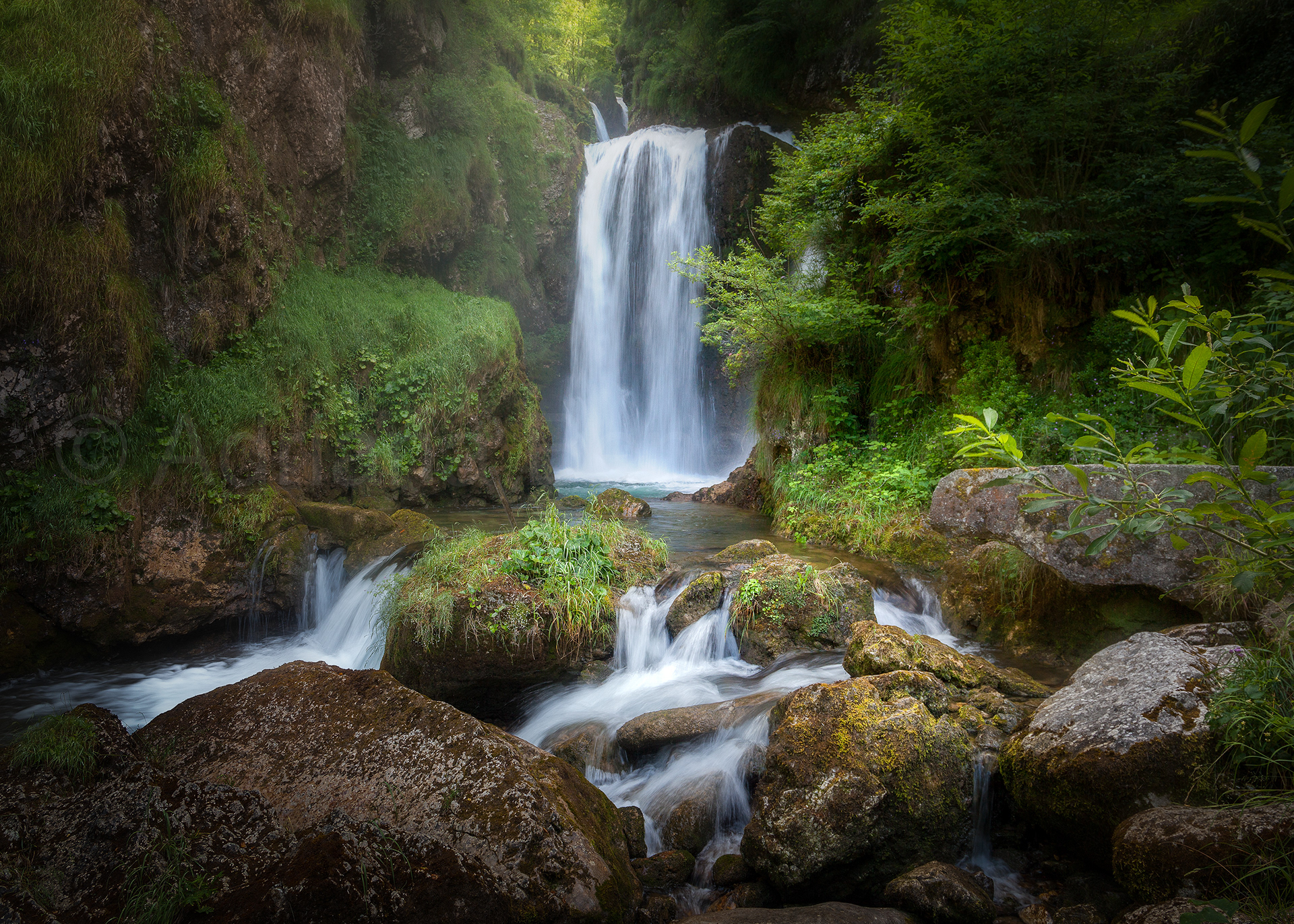
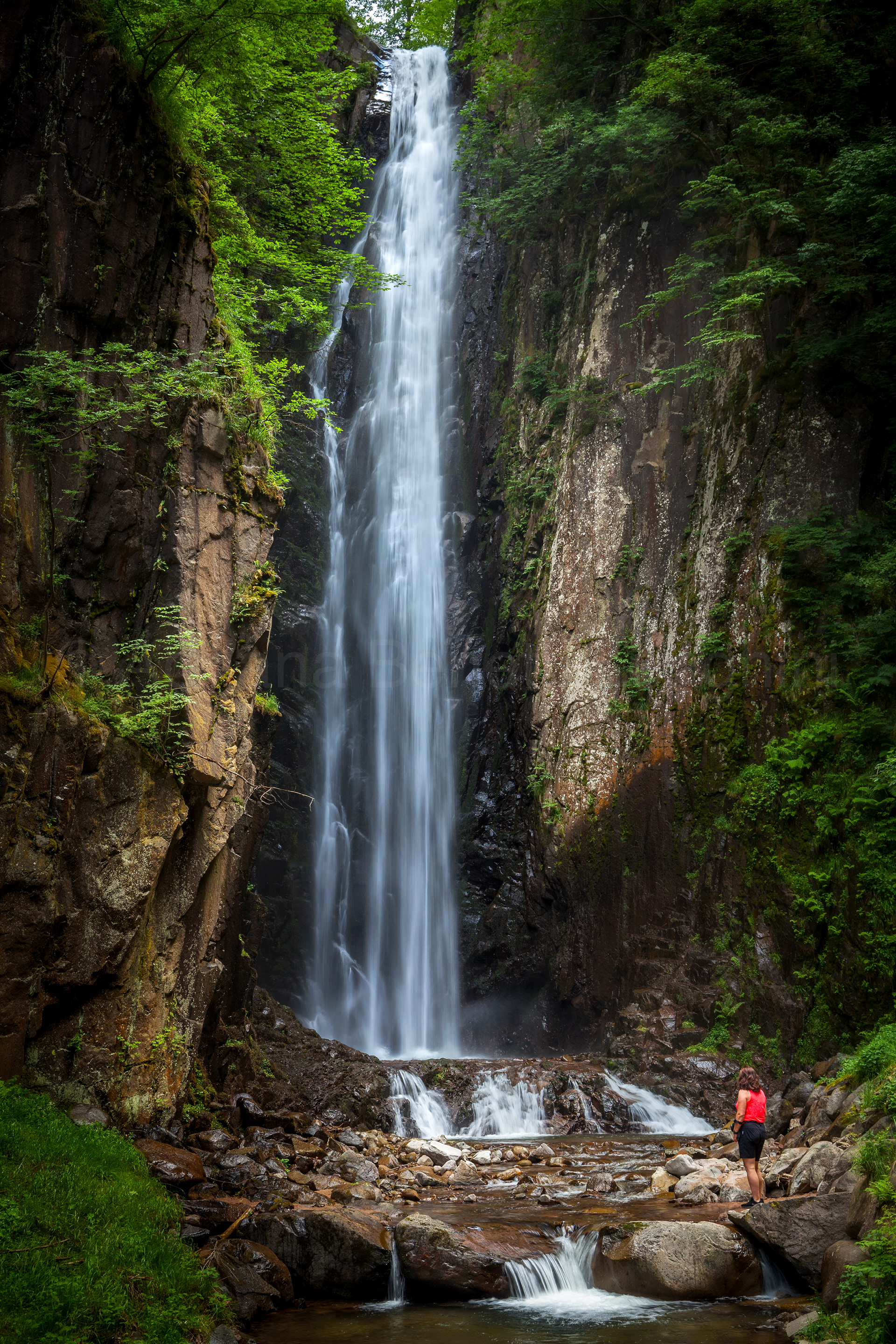
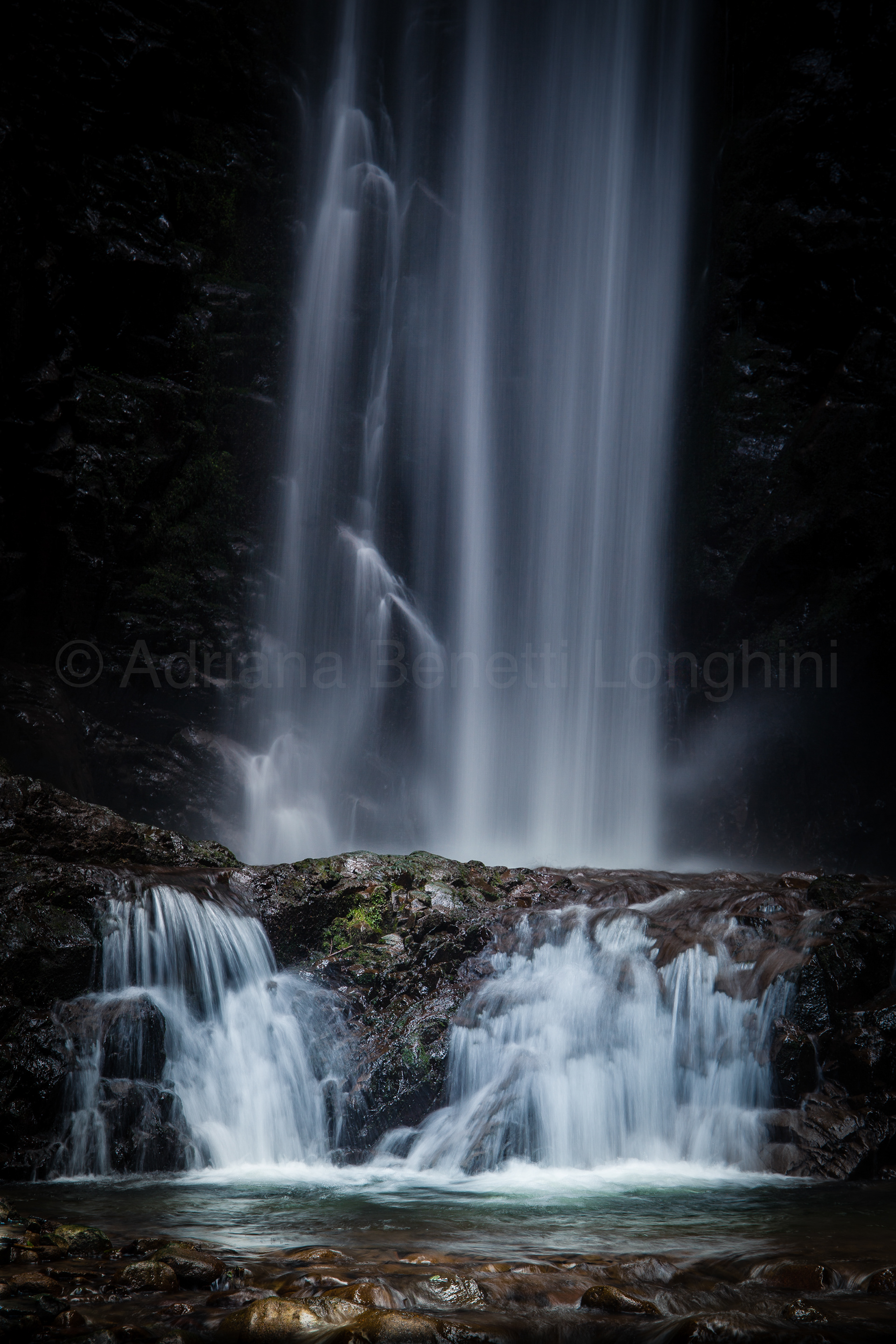
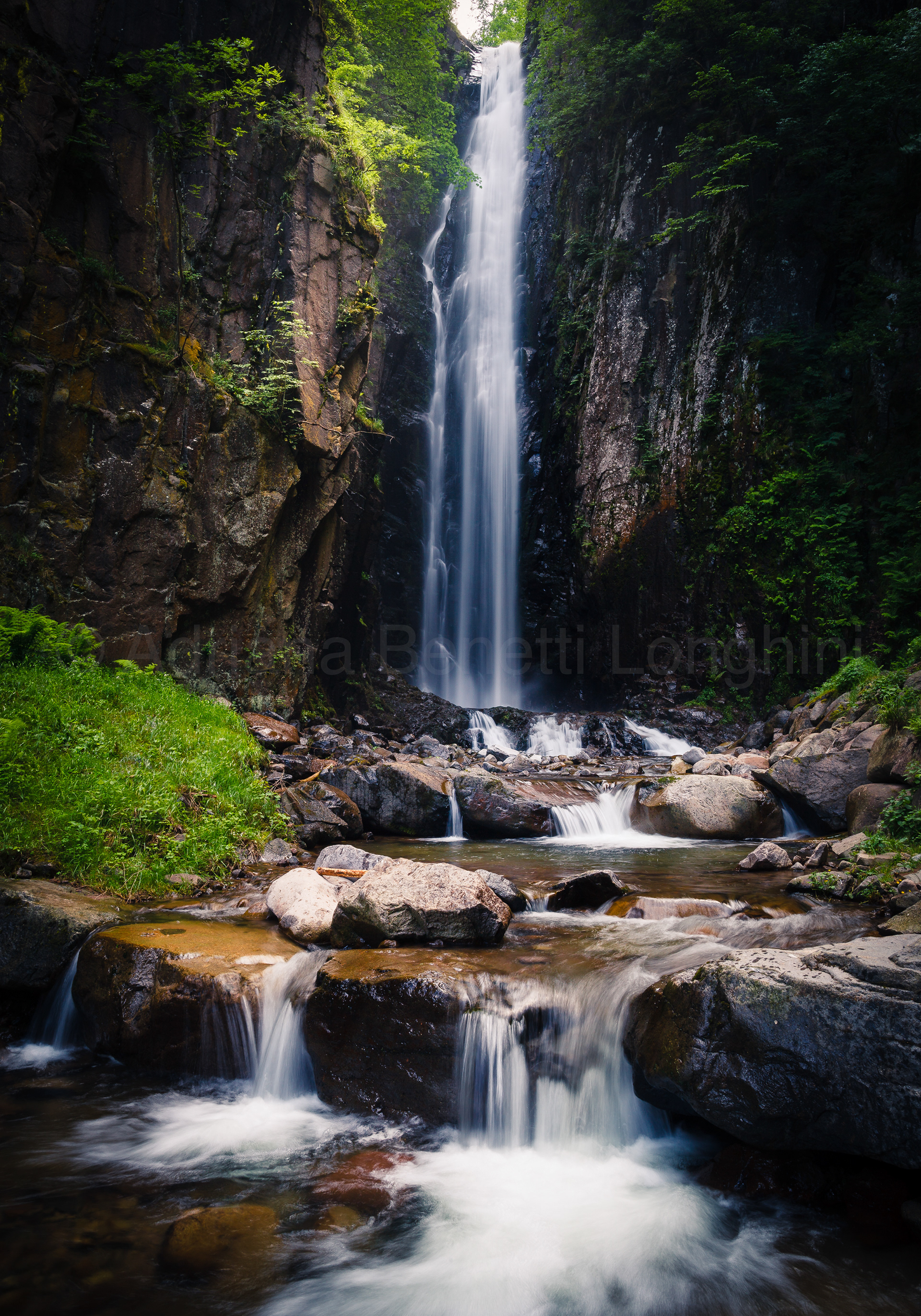
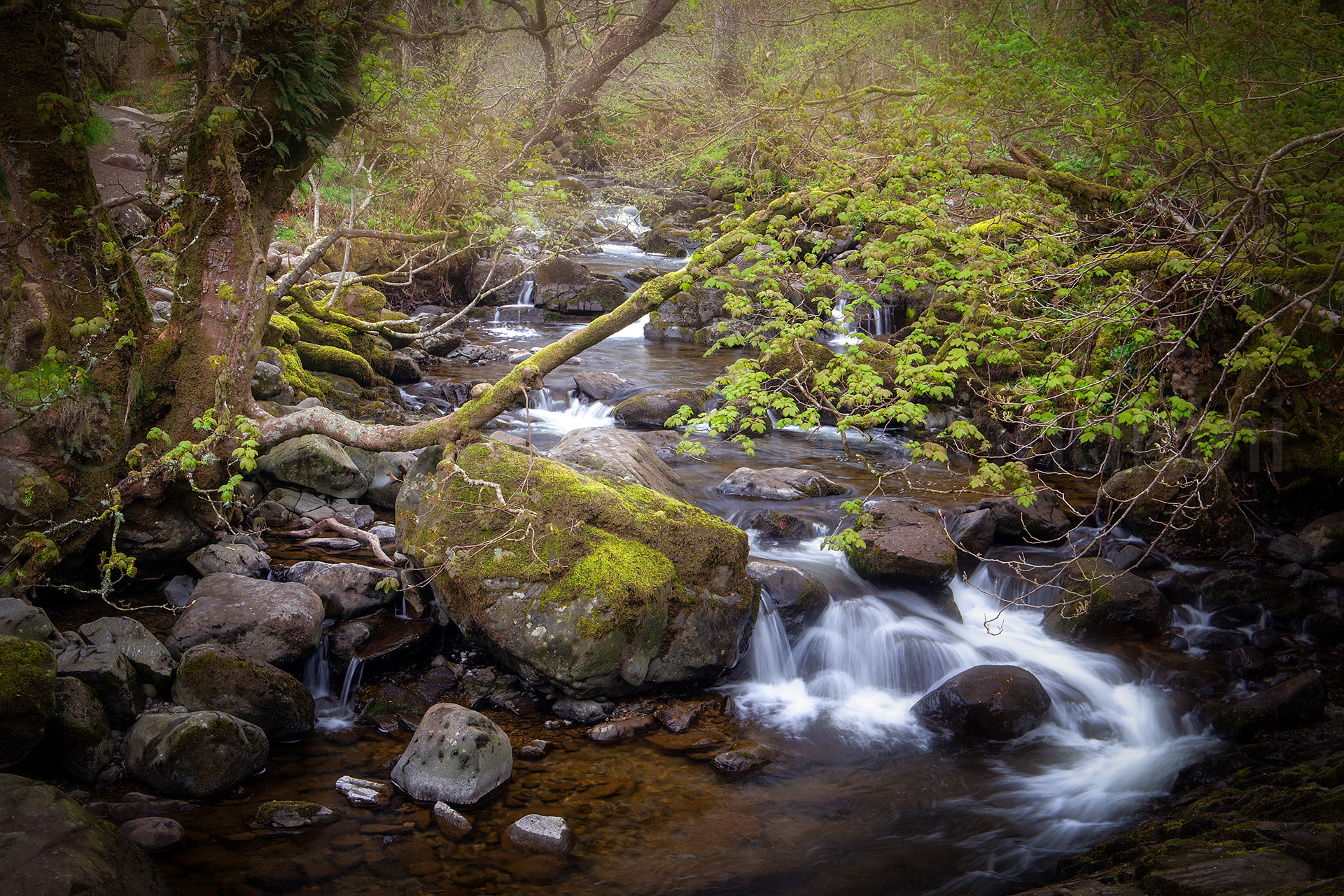

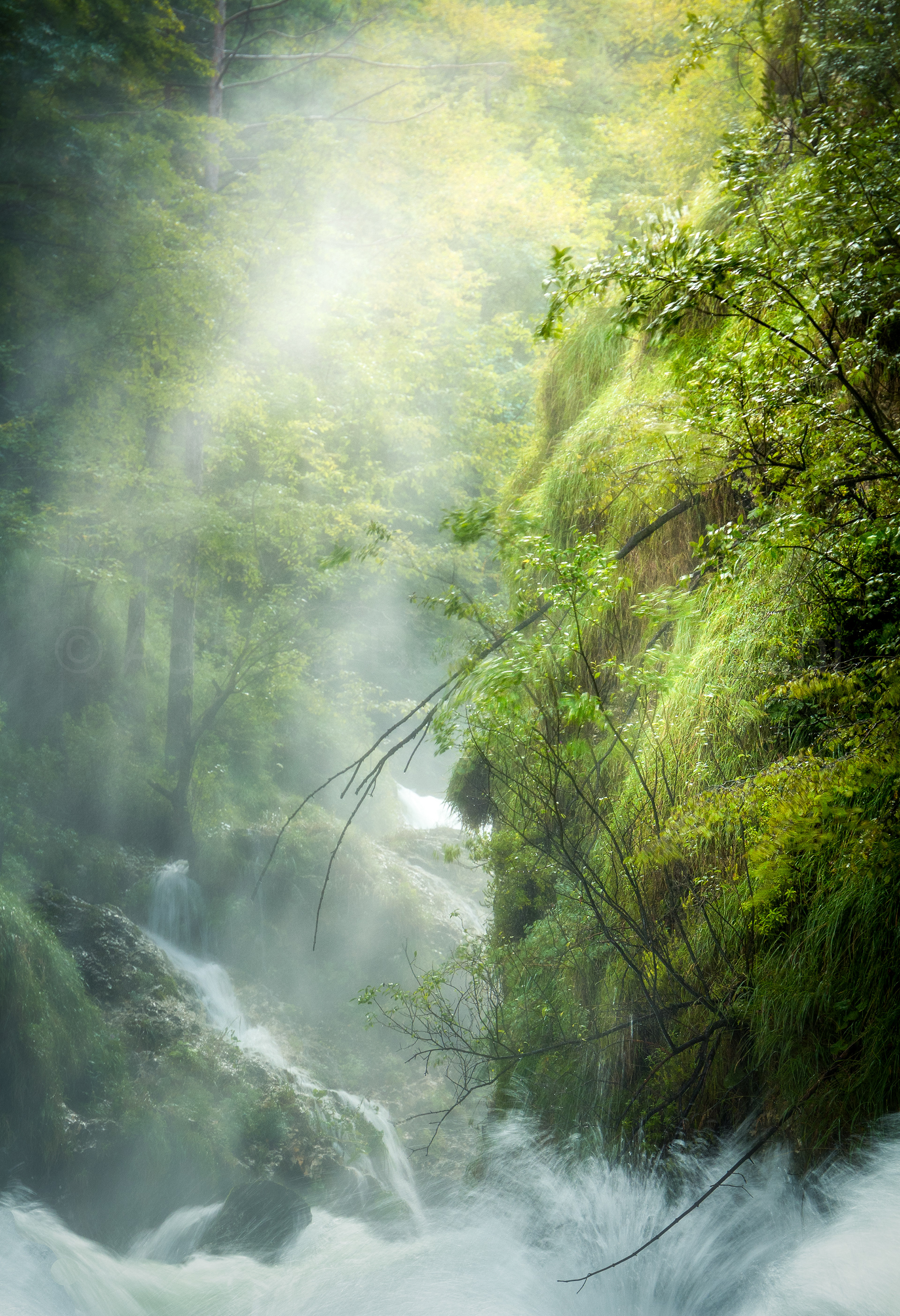

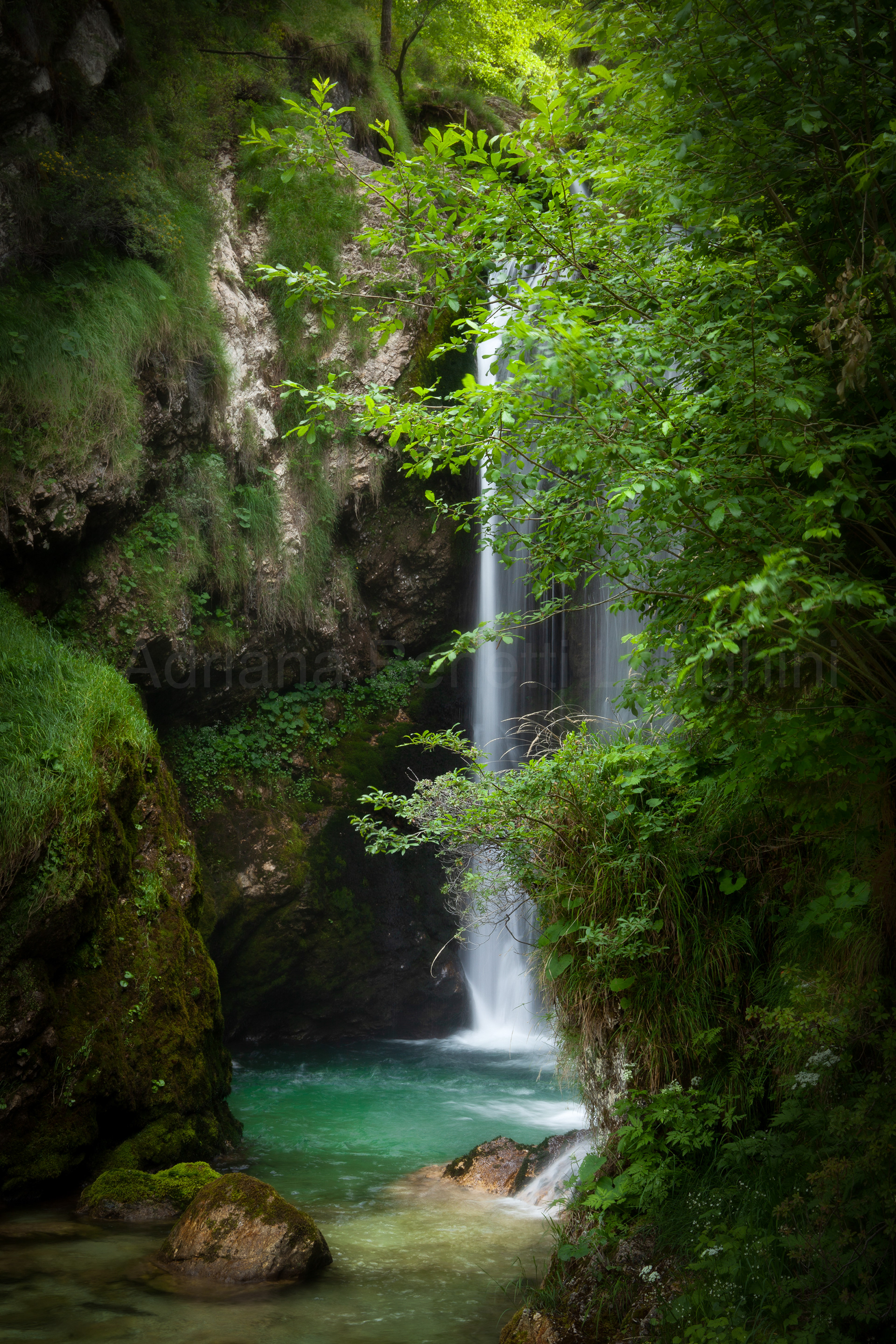
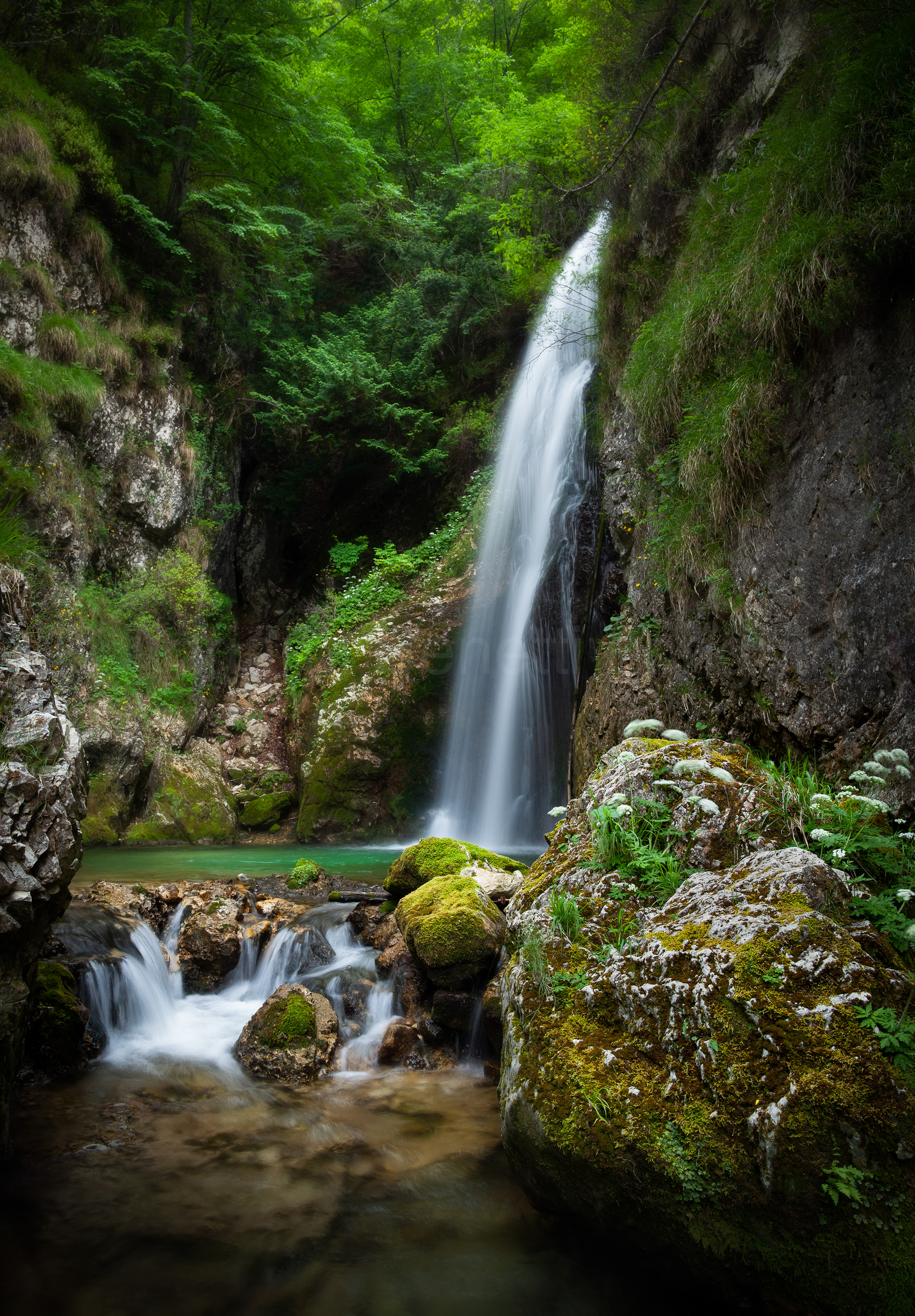
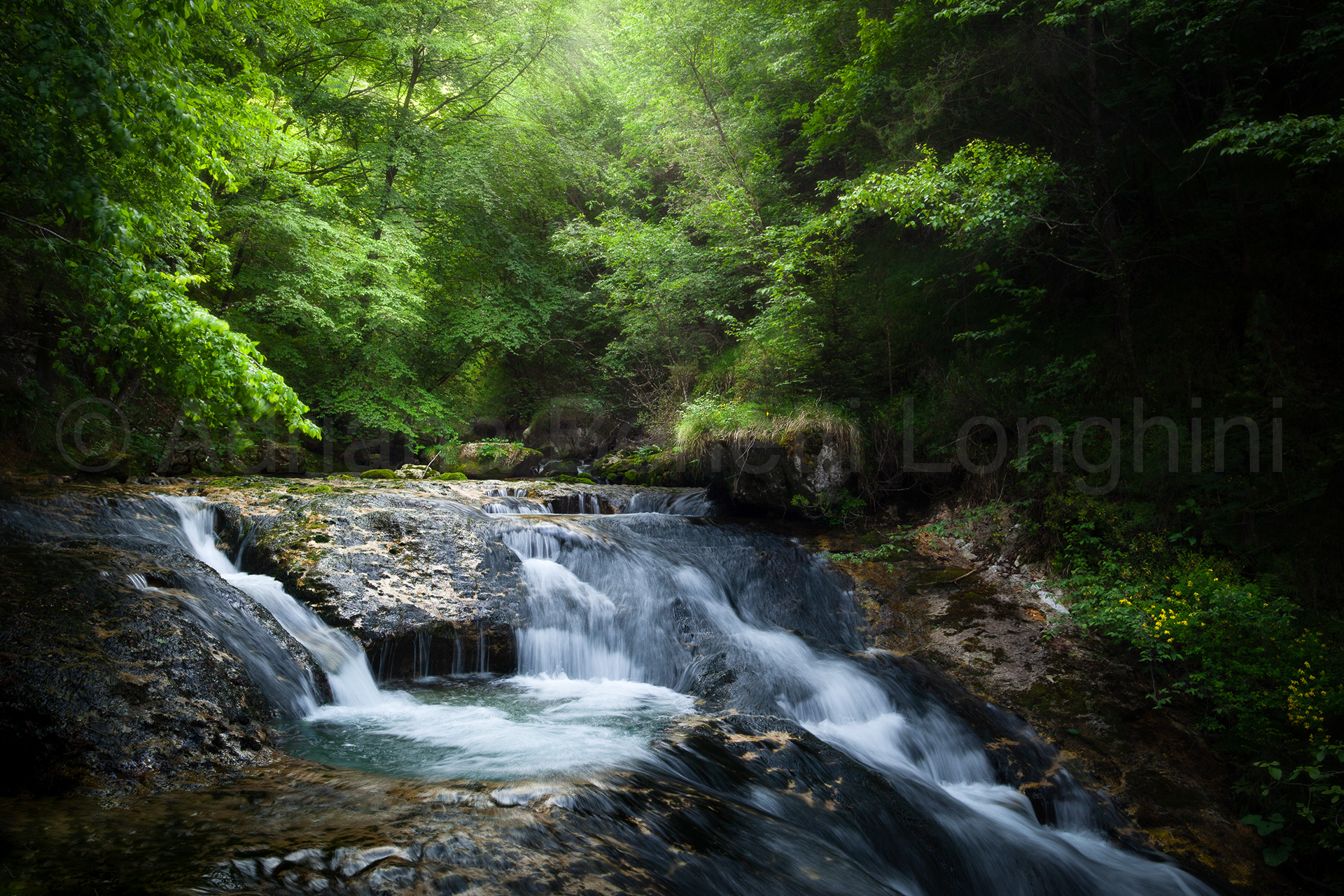
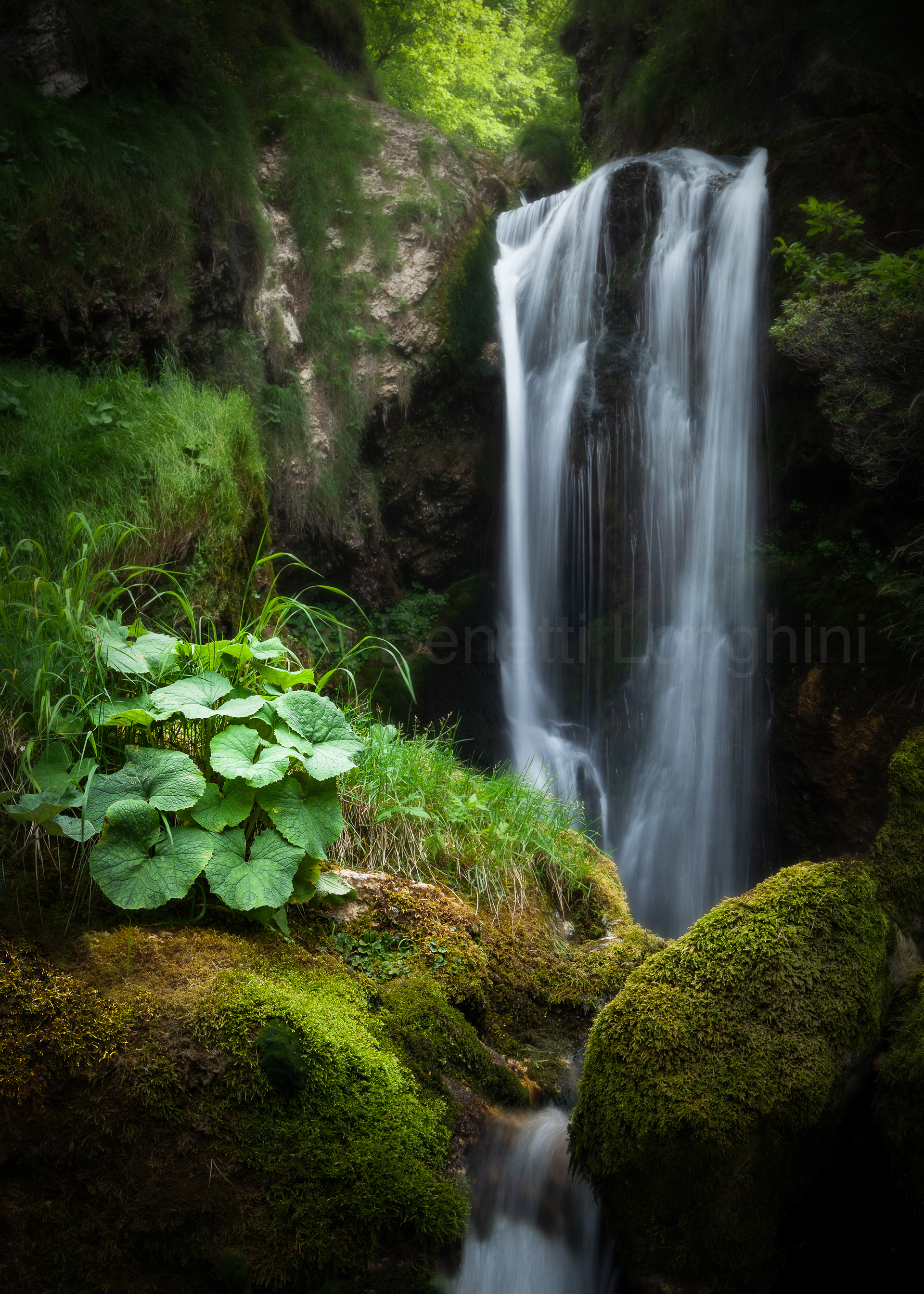
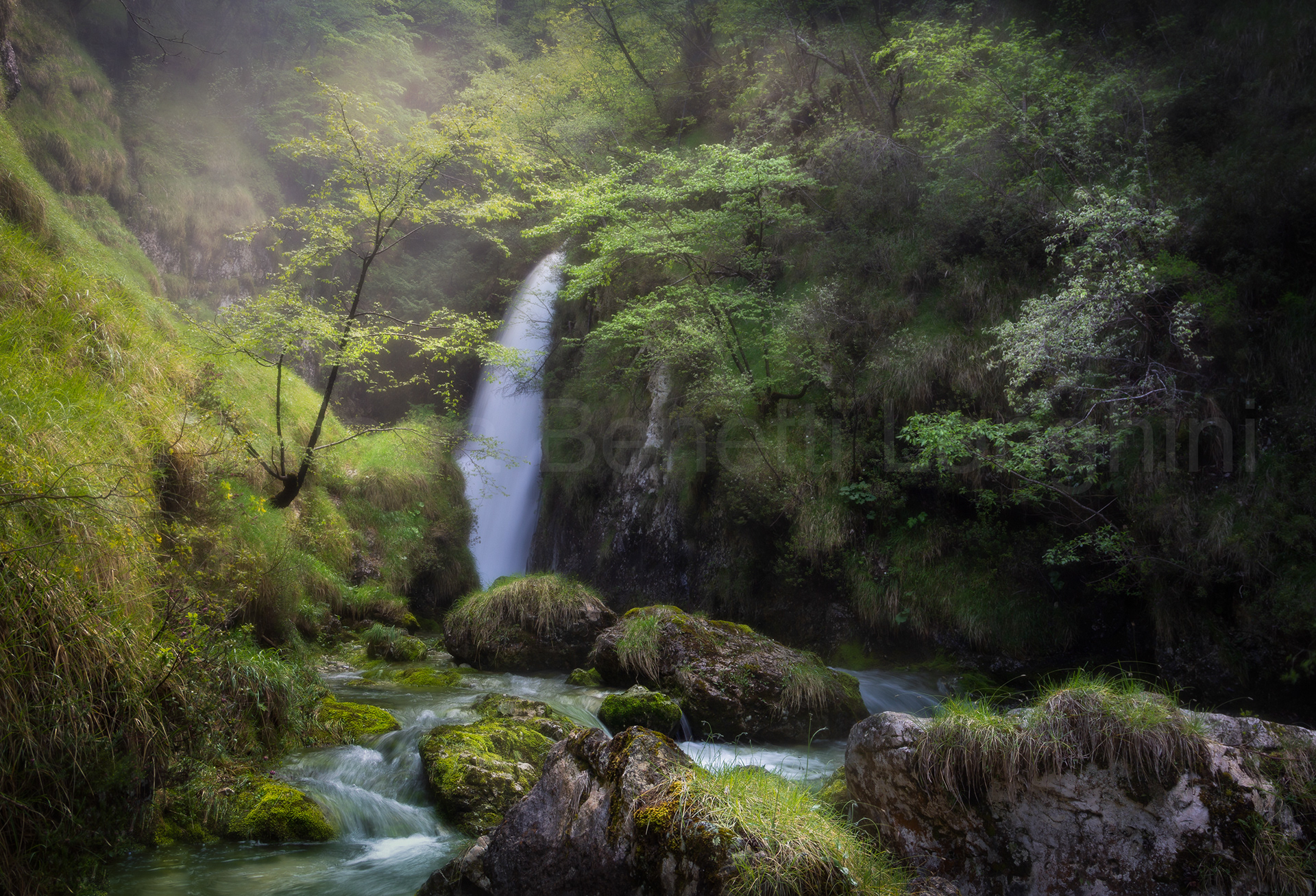

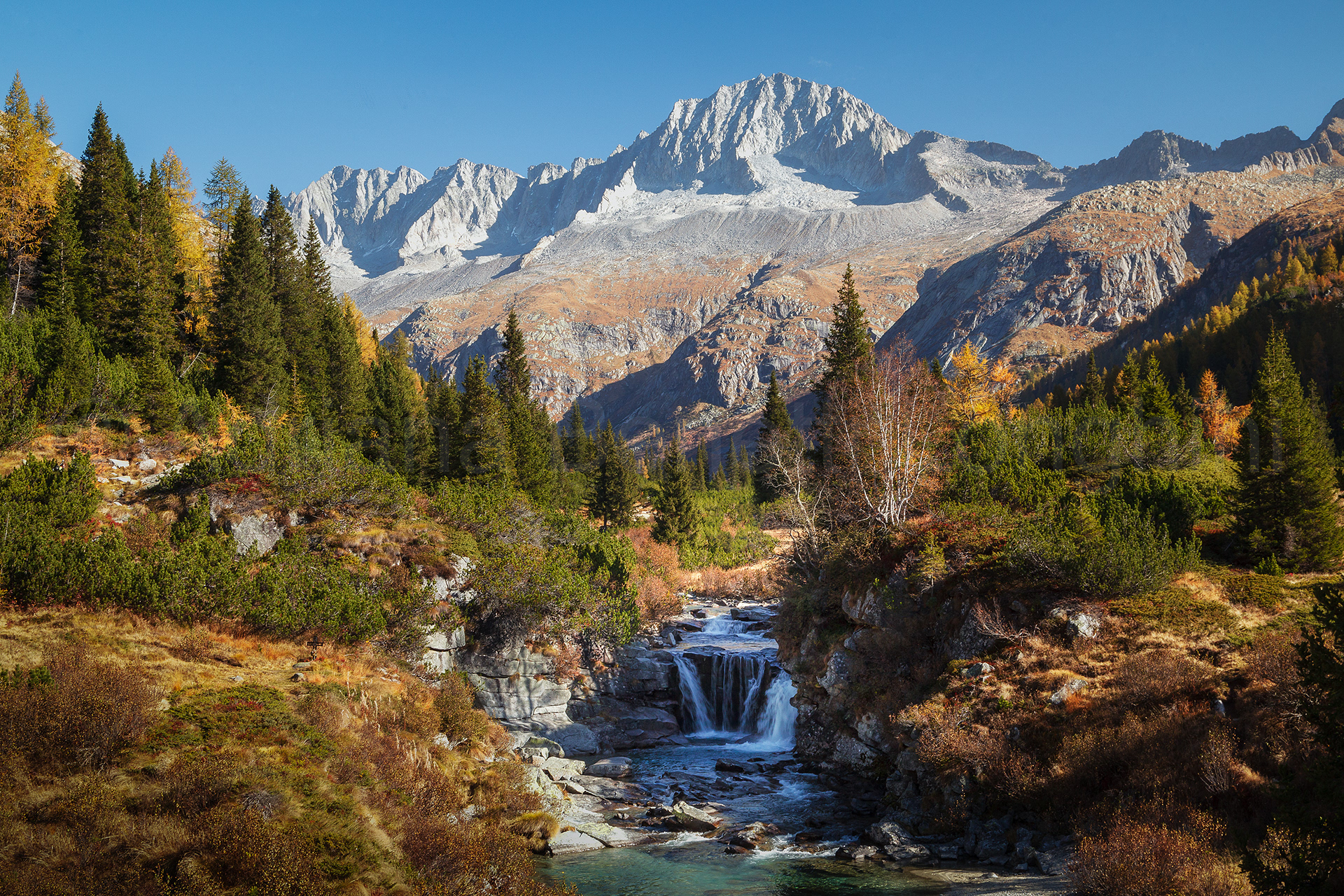

Enjoy and have fun photographing waterfalls!
© ADRIANA BENETTI LONGHINI (All rights reserved)
The photographs contained on this, and any other site under the adrianabenettilonghini.com domain, are the property of Adriana Benetti Longhini and are protected by International copyright laws. All copyright, trademark, and other intellectual property rights in this site, are the property of Adriana Benetti Longhini.
All Photographs on www.adrianabenettilonghini.com are copyrighted.

